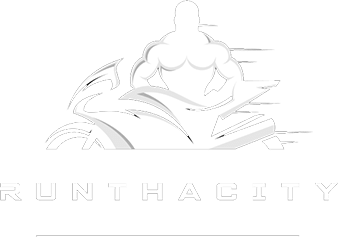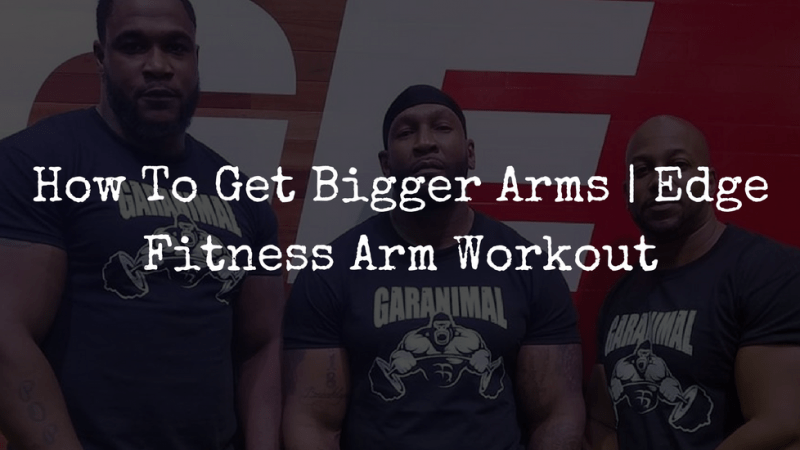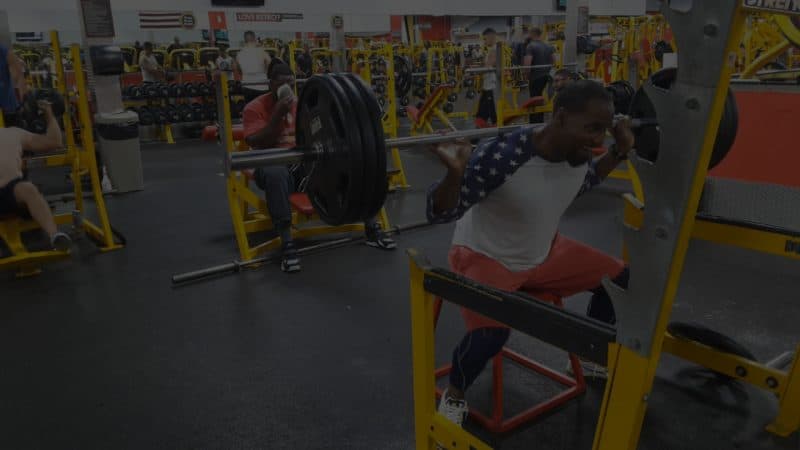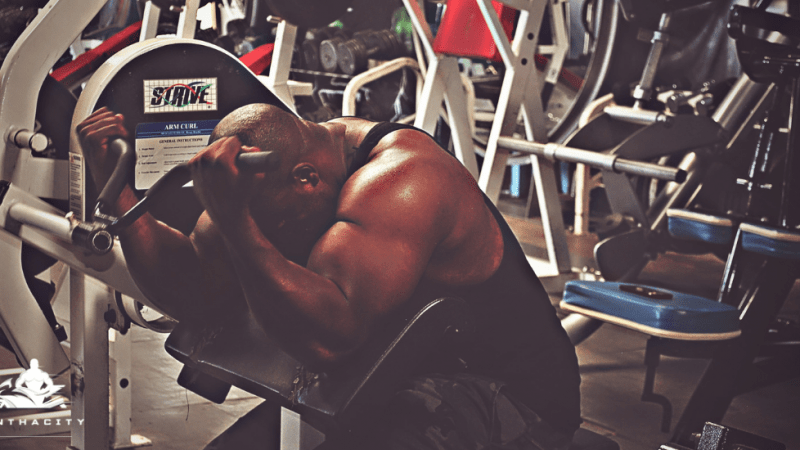Bent over dumbbell rows should not be something you just toss into your back workout every now and then. This type of lift offers significant benefits, something you know if you are doing one-arm dumbbell rows already. If you are not, the following will explain why they are one of the best things you can do when working out your back.
What Muscles Do Bent-Over Rows Work?
The bent-over row is one of the most versatile upper body exercises you can do. It involves scapular retraction and depression while also extending and compressing the spine through the thoracolumbar region. Bent-over rows, through anti-rotation and anti-flexion, are an excellent core stabilization exercise. Bent-over rows also work the latissimus, one of the only muscles to run over the vertebrae of the thoracic, lumbar and sacral spine. This makes the exercise critical for those who suffer from back pain. It is typically intended to work the following muscles while requiring stabilization of the rotator cuff:
Muscles Involved in Bent-Over Dumbbell Rows
When performed correctly, bent-over rows involve several muscles in various ways. When you lead with our elbow in the bent-over dumbbell row you maximize shoulder extension. This works the latissimus dorsi muscles on the sides of your back, also known as your lats, that are the primary muscles this exercise targets. Keeping your shoulders retracted and back works the middle trapezius and rhomboid muscles, located across and between your shoulder blades.
Pull your shoulders back to increase girdle stability and avoid shoulder injury while performing bent-over rows.
Although you may feel more fatigue in your biceps brachii, located on the front of your upper arm, when performing this exercise, the biceps are secondary to the lats when it comes to benefits of bent-over rows. Use your free arm as support and make sure to keep your lower back slightly arched with your chest high to avoid straining your erector spinae.
What are the Benefits of Bent-Over Rows?
In any weight training, muscles exert force to overcome the resistance of the weight, either with or without movement. This causes increased muscle mass and a higher rate of calorie burn. When you burn more calories than you consume, you reduce excess weight and fat. This improves body composition and improved muscle tone, giving you a leaner appearance. This can lead to decreased risk of heart disease, diabetes and other illnesses.
Bent-over rows can actually create cuts and grooves in your back, creating a deep channel down the center. Because you are using one arm, you can focus your attention on the targeted muscle group and there is research that indicates a mind-muscle connection can improve results.
Adding bent-over dumbbell rows in every back workout can give you a more defined back and help you build muscle more evenly. The benefits of strength training are well-known, but these tips can help you improve your workout and get better results. For more workout tips, subscribe to my YouTube channel.









